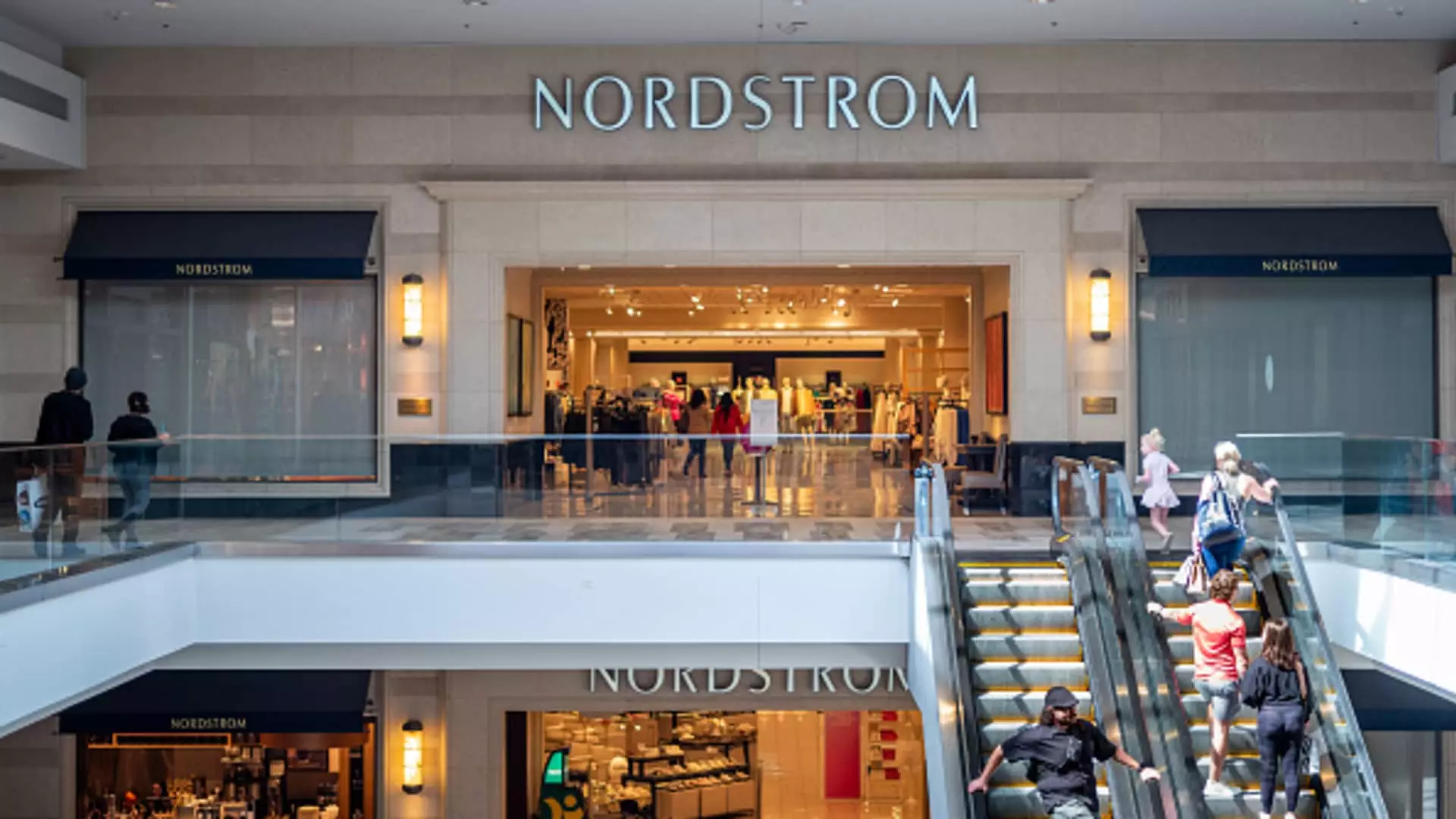Nordstrom, the Seattle-based department store chain known for its upscale merchandise and innovative retail strategies, has recently modified its revenue projections for the fiscal year in light of stronger-than-anticipated holiday shopping results. This decision arises after the company reported solid sales figures from both its physical stores and online platforms during the critical shopping season, contrary to its earlier conservative expectations.
On a recent earnings call, Nordstrom’s management indicated an updated forecast for full-year revenue growth between 1.5% and 2.5%. This revision markedly improves upon the previous estimation which projected revenue would remain flat to an increase of just 1%. The adjustment accounts for the unique influence of having one less fiscal week this year, which currently skews the growth percentages. Despite the more optimistic sales outlook, Nordstrom maintained its profit expectations, signaling a cautious stance toward its overall financial health amidst a changing retail landscape.
This upward revision reflects the company’s adaptive strategies in a competitive market where discounting and promotional pricing have become prevalent. CEO Erik Nordstrom noted that despite previous indications of declining sales trends in late October, strategic marketing efforts and product offerings effectively attracted customers during the holiday rush.
During the nine-week holiday period ending January 4, Nordstrom reported a 4.9% increase in net sales, with comparable sales — a crucial metric that excludes new store openings — rising by 5.8%. Specific performance metrics revealed that the Nordstrom brand itself saw a net sales increase of 3.7% and a remarkable 6.5% growth in comparable sales. Meanwhile, its off-price sibling, Nordstrom Rack, experienced even stronger sales, with net sales up by 7.4% and comparable sales growing by 4.3%.
These figures not only highlight Nordstrom’s resilience but also serve to underscore broader trends within the retail sector as other major players, such as Walmart and Macy’s, prepare to announce their earnings. The promising initial figures for the holiday shopping season resonate positively across the industry, inviting a closer examination of consumer behavior and spending habits.
The holiday shopping results are further substantiated by data from Adobe Analytics, which revealed that online spending during the holiday season surged nearly 9% from the previous year. Overall, holiday retail sales in the U.S. (excluding automotive sales) increased by 3.8% for the defined period, indicating robust consumer appetite despite economic pressures.
As economic factors continue to influence buyer behavior, these sales figures offer critical insights into the health of U.S. consumers and their ability to spend amid fluctuating inflation rates and broader economic uncertainty. The performance of Nordstrom and other retailers in the forthcoming earnings reports will provide further analysis of these trends.
Interestingly, Nordstrom’s promising sales results are juxtaposed against significant corporate transitions. The founding family is engaging in a buyout deal valued at approximately $6.25 billion in collaboration with Mexican department store El Puerto de Liverpool, aiming to take the business private. This major shift is anticipated to conclude in the first half of 2025, signifying a pivotal moment not only for the company but for its investors and stakeholders alike.
As shares of Nordstrom fluctuate, recently closing at $24.01 — approximately 4% lower than its 52-week high — there is palpable speculation surrounding how the proposed changes will impact its operations and market positioning. With a retail environment characterized by rapid change and evolving consumer preferences, Nordstrom’s ability to adapt and innovate will be instrumental in securing its place in the competitive landscape moving forward.
While Nordstrom has reported favorable sales performance and revised its revenue outlook, it must navigate the complexities of the retail industry alongside significant structural changes. The upcoming months will be critical as the company, alongside its competitors, adjusts to the dynamic market conditions while leveraging recent successes to retain consumer loyalty.

